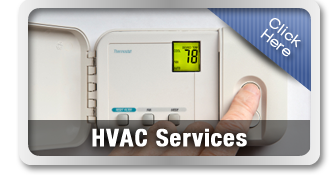How To Avoid A Leaking Water Heater In Your Home
Many New Jersey water heaters come with a drain valve that has a cone shaped handle. They spell trouble. Other makers of water heaters have a plastic faucet type drain valve. This type of drain valve is prone to breaks and leaks. The better types are the brass hose bib, not unlike the average garden hose bib. Even better would be brass ball valve. This type of drain valve would have a lever that can either be open or shut. The brass ball valve allows the most effective flushing of the water heater.
On most residential water heaters a 3/4 inch brass gate valve can be installed. Ball valves allow the largest opening for drain valves which gives you the best flushing of the inside of the drain valve. Shutting off a ball valve is as easy as moving the lever 90 degrees. A hose bib has to be turned around and around. Also know that an adapter piece must be installed that goes from 3/4 pipe thread to 3/4 hose thread will be needed. Now you have the brass ball valve which is the least likely to clog of all the drain valves. If the brass ball valve cannot be installed, the second best is a brass hose bib. Plastic cone valves and plastic faucet valves drip, freeze inside, and clog with sediment the easiest. Plastic threads are very easy to cross when you wish to attach a garden hose to the drain valve.
Even after opening a plastic valve one time, using it and closing it back up, the valve may drip. To remove the plastic cone valve, unscrew it from the water heater by turning it counterclockwise while pulling it out. Six turns will probably be sufficient. Then turn clockwise and keep pulling. Wrap teflon tape around the protruding nipple. Now install the brass ball valve. In order to avoid being sprayed with water while installing the new drain valve, first cut off the water supply at the cold water inlet near the top of the water heater. It is the pipe on the right side as you are facing it. Now open a hot water tap somewhere inside the house; any sink will do. Make sure the hot water tap is closed once water stops flowing through. That’ll keep any air from entering the lines. This relieves pressure off the lines and will allow the drain valve to be replaced without emptying the water heater. Make sure nobody is using any water while you are replacing the drain valve. Also turn the gas to pilot or pull the electrical plug if electric.
A pint of water or less may come out of the water heater after all the preparation has taken place. Avoid being scalded by running a tap in the house for five minutes before beginning this entire procedure. The cold water entering the water heater will lower the temperature inside. Be prepared to begin the procedure quickly right after though. Remember, adding a brass gate valve can be used to flush the water heater and keep it clean of sediment. A sediment free water heater produces hot showers.
About the Author
Allen David has been a plumbing contractor for 13 years and also writes water heater reviews on tankless water heaters and more for the Water Heater Info website.






